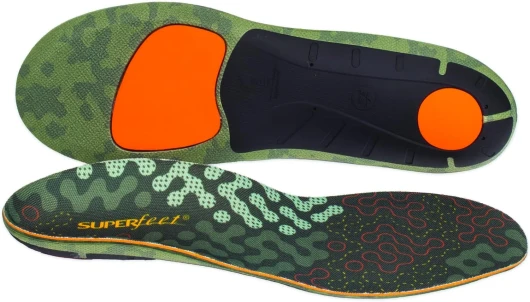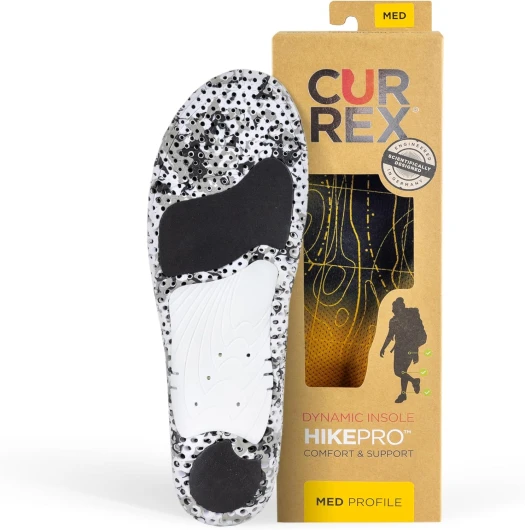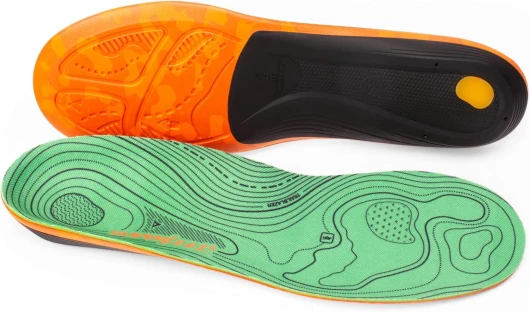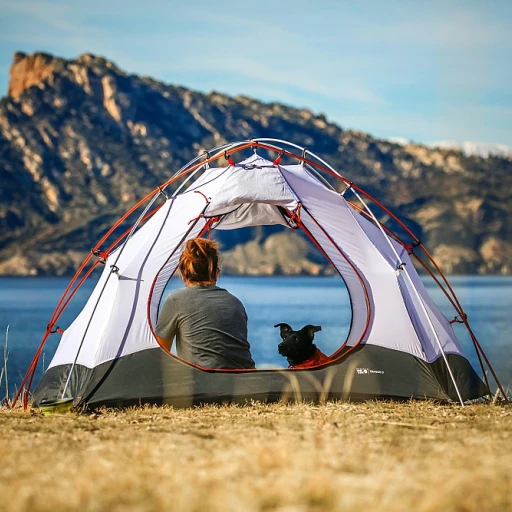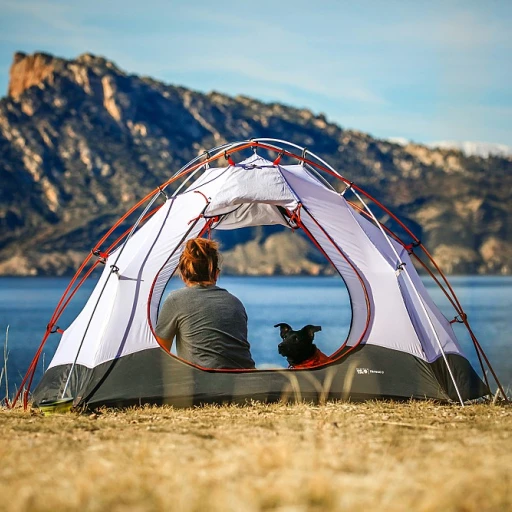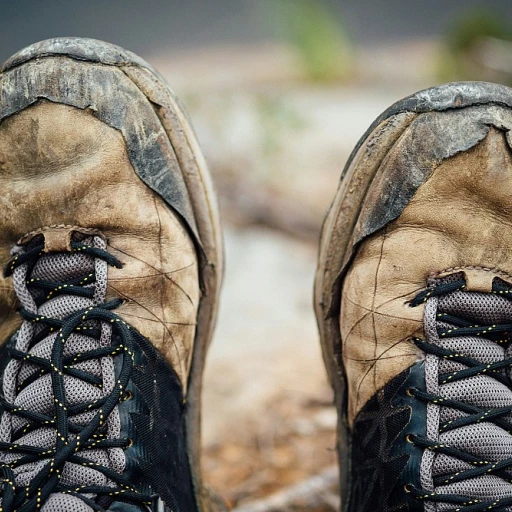
Understanding the Importance of Insoles
The Foundation of Happy Feet
When embarking on a hiking adventure, many focus on choosing the right hiking boots, yet often overlook the crucial role insoles play in enhancing comfort and performance. The right insole is not just an accessory; it is an essential component in providing the support and comfort needed for miles of rugged terrain. The primary function of insoles is to offer arch support and shock absorption, reducing strain on your feet, whether you have flat feet, plantar fasciitis, or simply need extra cushioning. A good pair of insoles will bring pain relief and alleviate foot pain from prolonged hikes, ensuring your feet don’t hurt even on the most grueling days. Moreover, insoles contribute significantly to day-long comfort by filling the gap between your foot and the shoe, stabilizing movement, and reducing friction that could lead to blisters. For those whose feet insoles are the step toward overcoming discomfort and enhancing the hiking experience. Not all insoles are created equally; options range from off-the-shelf choices like Superfeet, which cater to general support needs, to custom orthotic insoles designed specifically for unique foot structures. Understanding the importance of selecting the right insoles for your boots is integral, especially when considering factors like price, durability, and the specific arch support they offer. Investing in a suitable pair of insoles can profoundly transform your hiking experience, turning it from a painful necessity to a joyous activity. By dedicating some time to learn about different types of insoles and their benefits, hikers can greatly enhance their comfort and performance on the trail.Types of Insoles for Hiking Boots
Varieties That Provide Tailored Comfort
Insoles are not one-size-fits-all accessories for your hiking boots. Different types of insoles cater to various needs, offering tailored comfort and support crucial for long treks. Understanding these varieties helps in selecting the right pair that aligns with your hiking demands and feet conditions, ensuring every step on the trail is a comfortable one. For a comprehensive guide, you can explore our perfect insoles for your hiking adventure.
Supportive Options for Different Needs
- Arch Support Insoles: These are vital for individuals with flat feet or high arches, providing the orthotic insole support needed to maintain foot alignment and alleviate pain.
- Shock-Absorbing Insoles: Heavy duty in nature, they cushion the foot with each step, significantly reducing the impact on your joints. This is particularly beneficial for preventing foot fatigue on a long hiking day.
- Custom Orthotics: If you experience persistent foot pain or have specific needs, custom orthotics made to fit your unique foot shape could offer a superior level of comfort and support. While the price may vary, the investment is worthwhile for frequent hikers.
Enhancing Hiking Comfort
Insoles will play a significant role in enhancing the comfort level on your hikes. The right choice extends beyond just alleviating current discomfort; it’s about ensuring a future of enjoyable, pain-free hiking adventures. Incorporating insoles tailored for plantar fasciitis relief, for instance, can bring comfort to each hiking day, ensuring your feet are well-supported throughout your journey.
Choosing the Right Insoles for Your Needs
Matching Insoles to Your Hiking Needs
When it comes to selecting the perfect insoles for your hiking boots, it's essential to consider various aspects to ensure optimal comfort and support. Your hiking endeavors will significantly benefit from the correct choice of insoles, leading to a more enjoyable outdoor experience.
1. Evaluate Your Foot Structure: Understanding your foot type, such as flat feet or high arches, is crucial in determining the right insole. Insoles that offer strong arch support can alleviate potential discomfort and provide necessary stabilization.
2. Consider Your Hiking Conditions: The terrain and length of your hikes will play a significant role in your insole decision. For rugged and long-distance treks, heavy-duty and shock-absorbing insoles are recommended to cushion impact and reduce fatigue.
3. Focus on Foot Health: If you're dealing with specific conditions like plantar fasciitis or general foot pain, orthotic insoles or custom orthotics might be necessary for pain relief. Investing in specialized insoles tailored to health needs can significantly enhance day comfort.
4. Ponder the Price Factor: While price should not be the only consideration, it plays a role in determining the quality and features of the insole. Premium options like Superfeet provide reliable support but come at a higher cost.
5. Assess Day-to-Day Comfort: Recognize that everyday comfort can vary, and choosing a pair that ensures comfort throughout the day is vital. Check user reviews and testimonials to gauge how insoles will perform in real-life hiking situations.
By considering these factors, you'll be better equipped to choose insoles that perfectly match your needs, ensuring your hiking adventures are as comfortable as they are memorable.
How to Fit Insoles Properly
Fitting Your Insoles Correctly for Maximum Comfort
Getting the right fit when it comes to insoles can transform your hiking experience from merely bearable to truly enjoyable. Your comfort and support largely depend on how well your insoles fit within your hiking boots. Ensuring a proper fit involves a few key steps:- Measure Your Feet: Start by accurately measuring both the length and width of your feet. This foundation helps in selecting insoles that won’t squeeze or over-expose your feet to potential pain.
- Trim to Size: Most insoles are designed to fit a range of sizes. If your insole needs a tweak, trimming along the guideline provided by the manufacturer can help achieve that perfect fit. However, proceed with caution—over-trimming can lead to unfixable errors.
- Check Arch Alignment: Make sure the arch of your insole aligns closely with your own arch. Mismatched arches can cause hiking pain, negating the benefits of your investment in a quality insole.
- Test the Fit: Place the insoles in your hiking boots and put them on. Walk around a bit to test for comfort and support. Ideally, they should feel snug yet comfortable, providing adequate arch support without any discomfort.
- Consider Professional Help: If you experience consistent discomfort or have specific issues such as flat feet or plantar fasciitis, consulting a foot professional can be beneficial. Custom orthotics might also be recommended for those needing specialized support.
Caring for Your Insoles
Preserving the Longevity of Your Insoles
Maximizing the lifespan of your insoles is essential for maintaining the comfort and support they provide. Regular maintenance not only enhances the longevity of your insoles but also ensures your feet remain comfortable and pain-free during hikes.
- Cleaning: Routinely clean your insoles to prevent the build-up of sweat and dirt. For most insoles, hand washing with mild soap and warm water is effective. Avoid using harsh chemicals or soaking them for too long, as this may compromise the material.
- Drying: Proper drying is crucial. After cleaning, allow insoles to air dry naturally, away from direct heat sources like radiators or sunlight, which can lead to warping or shrinking. Insoles with leather components require extra care—pat them dry with a towel and let them air-dry gently.
- Inspection: Regularly inspect your insoles for signs of wear, such as thinning areas, tears, or loss of cushioning. Such signs suggest it may be time to replace them, thus preventing discomfort or foot pain during your hikes.
- Rotation: If you have multiple pairs of shoes or boots, consider rotating the insoles. This reduces wear and gives each pair some time to recover their shape and shock-absorbing abilities.
Caring for your insoles diligently not only extends their life but also ensures that your hiking boots continue to offer the necessary arch support and pain relief. Whether you're relying on high-quality brands like Superfeet or using custom orthotics for particular conditions like plantar fasciitis or flat feet, attention to their upkeep can make all the difference in your daily comfort and hiking experience.

